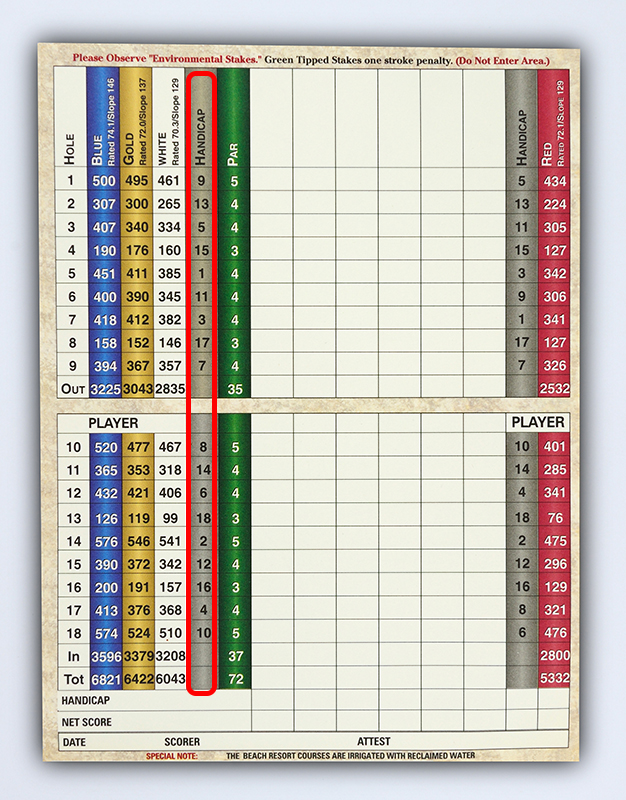Stableford Golf Scoring System | Golf Formats Explained
You're probably familiar with golf's most basic formats, stroke play and match play, but have you ever tried the Stableford scoring system?
In this guide, we'll cover everything you need to know to give Stableford a shot!
What is the Stableford Scoring System?
"Stableford" is a scoring system in golf that awards points for the number of strokes taken on each hole in relation to par, rather than simply counting your strokes (like in stroke play). Unlike in stroke play, where you want the lowest score, your goal in Stableford scoring is to have the highest score.
Standard Stableford points values are:
- 0 Points – Double Bogey or Worse (Two strokes or more over par)
- 1 Point – Bogey (One stroke over par)
- 2 Points – Par
- 3 Points – Birdie (One stroke under par)
- 4 Points – Eagle (Two strokes under par)
- 5 Points – Albatross/Double Eagle (Three strokes under par)
- 6 Points – Condor (Four strokes under par)
While the above scoring shows the typical Stableford points values, the point values can be whatever a group of golfers or an event organizer wants. Scoring with adjusted point values is called a "Modified Stableford."
The PGA's 2019 Barracuda Championship was a modified Stableford event with the following point values:
- -3 Points – Double Bogey or Worse (Two strokes or more over par)
- -1 Point – Bogey (One stroke over par)
- 0 Points – Par
- +2 Points – Birdie (One stroke under par)
- +5 Points – Eagle (Two strokes under par)
- +8 Points – Albatross/Double Eagle (Three strokes under par)
Like the example above, Modified Stableford scoring further promotes aggressive play because there are more points to gain for good scores than there are points to be lost for bogeys.
Factoring in Golf Handicaps in the Stableford System
Handicaps can also be factored in when playing a Stableford event to allow players of varying skill levels to compete more closely.
A 5-handicap golfer would get one stroke on the five most difficult holes of the course. "Par" for these five holes would increase by one stroke. If one of the five toughest holes was a par-4, it would play as a par-5 for this golfer, meaning they'd receive par points if they shot a 5 on the hole.
 Golf Scorecard With Handicap Difficulty Ratings
Golf Scorecard With Handicap Difficulty Ratings
A 20-handicap golfer would get one stroke for every hole, plus an additional stroke for the two most challenging holes on the 18-hole course. If the most difficult hole was a par-4, it would play as a par-6 for a 20-handicap golfer. A score of 5 would award them birdie points.
Stableford History
Dr. Frank Barney Gorton Stableford created the Stableford scoring system in the late 1800s as a way to keep golfers engaged after bad starts to their rounds.
The format was first used for casual play at Glamorganshire Golf Club in Penarth, Wales, then introduced in competition at Wallasey Golf Club in England in 1932.
Benefits of Stableford
So why should you try Stableford golf?
As was Dr. Stableford's intention, his system keeps golfers in the competition even after a rough start or a few bad holes throughout the round.
While you won't gain any points for a double-bogey under standard Stableford scoring, you can quickly catch up to competitors with a birdie or eagle.
You'll also be incentivized to go for more aggressive shots than you ordinarily would be.
Is carrying the water on your second shot of a par-5 hole a close call?
Under normal stroke play, you'd probably play it safe and layup, but in Stableford scoring, you'll probably want to take the risk for a better chance at an eagle or birdie.
Playing different golf formats like Stableford or skins is also simply a fun way to mix things up and keep you more excited in your weekend rounds with your buddies.
